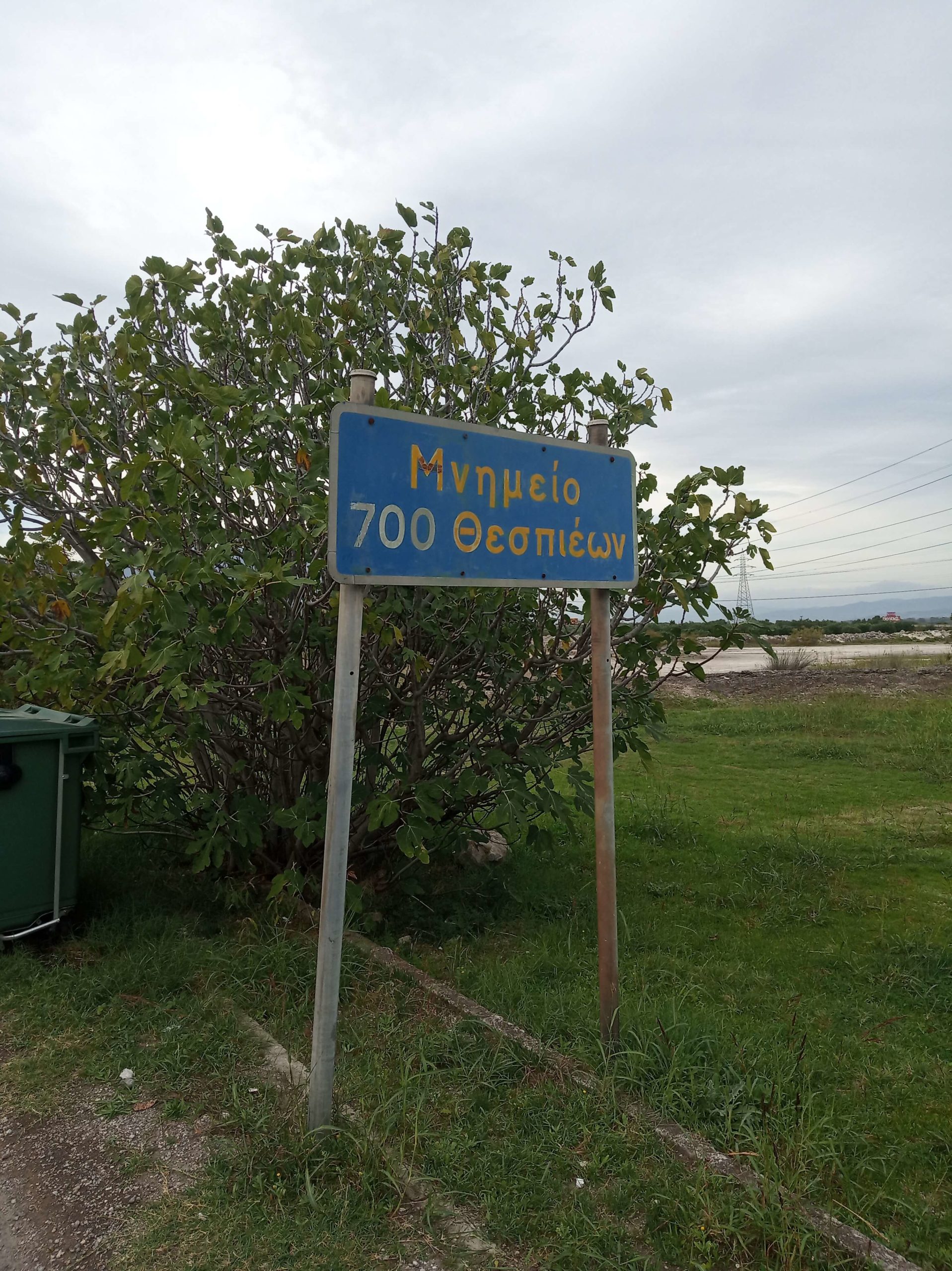The Battle of Thermopylae, where King Leonidas of Sparta and his small force fought against the Persian army, is a widely known historical event. However, there is no specific mention of this battle in the Bible. While the Bible is a reliable historical document, spanning from creation to the first century AD, it does not provide details or references to the Battle of Thermopylae. To explore the biblical parallels and gain historical insights about this famous battle, we can turn to other historical sources and the book of Esther.
Key Takeaways:
- The Battle of Thermopylae is not mentioned in the Bible.
- The Bible is a reliable historical document, but it does not provide details about this specific battle.
- Other historical sources and the book of Esther can provide insights into the Battle of Thermopylae.
- Studying both historical records and biblical texts can help us gain a deeper understanding of this significant event.
- Exploring the historical context of the Persian Empire and the Jewish people during this time can contribute to our understanding of the Battle of Thermopylae.
Historical Background of the Battle of Thermopylae
In order to understand the significance of the Battle of Thermopylae, it is essential to delve into the historical background surrounding this epic clash. At the heart of this battle was King Leonidas of Sparta, a prominent figure in Greek history. Born into the royal bloodline of Sparta, Leonidas underwent the rigorous training regimen that defined Spartan youth. This intense preparation set him apart from many other Spartan kings and honed his skills as a formidable warrior.
The Battle of Thermopylae itself took place in 480 BC, during the Persian invasion of Greece. Recognizing the threat posed by the vast Persian army, Leonidas was elected to lead the combined Greek forces in resisting the invasion. Determined to defend their homeland, Leonidas and his small force of 300 Spartans, accompanied by other Greek soldiers, bravely confronted the Persian army at the narrow pass of Thermopylae.
The Persian army, led by King Xerxes, sought to conquer Greece and expand the Persian Empire. However, Leonidas and his Greek allies stood as a formidable obstacle in their path. The Battle of Thermopylae ultimately became a testament to the indomitable spirit, bravery, and strategic prowess of the Greek forces, particularly the Spartans. Although the Greeks were eventually defeated, their resistance bought valuable time for the Greek city-states, enabling them to rally and ultimately secure victory against the Persian forces.
| Key Figures | Key Events |
|---|---|
| King Leonidas of Sparta | The Battle of Thermopylae |
| King Xerxes of Persia | The Persian invasion of Greece |
The Battle of Thermopylae is a significant event in history that showcases the resilience and determination of the Greek forces against overwhelming odds. It stands as a testament to the extraordinary courage and sacrifice exhibited by King Leonidas and his small force, leaving a lasting legacy that continues to inspire and captivate people to this day.
The Book of Esther and the Persian Empire
Although the Battle of Thermopylae is not mentioned in the Bible, the book of Esther offers valuable insights into the historical context of the Persian Empire and its relation to the Jewish people. Set in Susa, the capital of the Media-Persian empire, the story revolves around Esther, a Jewish woman who becomes the queen of Xerxes (also known as Ahasuerus). This biblical book portrays the power structure of the empire and the influence of individuals like Haman, who planned to exterminate the Jews.
The book of Esther provides a glimpse into the Persian conquests and the influence of Xerxes, who ruled over a vast empire stretching from India to Ethiopia. Through the narrative, we learn about the political dynamics and the social hierarchy within the empire, shedding light on the relationship between the ruling Persians and the Jewish population. It gives us a broader understanding of the historical backdrop against which significant events like the Battle of Thermopylae took place.
“Now it came to pass in the days of Ahasuerus, (this is Ahasuerus which reigned, from India even unto Ethiopia, over an hundred and seven and twenty provinces.) That in those days, when the king Ahasuerus sat on the throne of his kingdom, which was in Shushan the palace.”
The book of Esther not only provides historical insights but also highlights the courage and resourcefulness of individuals like Esther and Mordecai in navigating the complex political landscape of the Persian Empire. It serves as a reminder of the resilience and determination of the Jewish people during challenging times, showcasing their ability to influence events even in the face of adversity.
| Key Insights from the Book of Esther | Relation to the Battle of Thermopylae |
|---|---|
| The power structure of the Persian Empire | Provides historical context for the Persian invasion of Greece |
| Influence of individuals like Haman | Highlights the presence of key figures and their impact in historical events |
| Political dynamics and social hierarchy | Offers a broader understanding of the historical backdrop of the Battle of Thermopylae |
| The resilience of the Jewish people | Illustrates the determination and influence of individuals in challenging circumstances |
Xerxes and the Greek Invasions
Xerxes, the king of Persia, embarked on a series of military campaigns into Greece with the intention of conquering the country. His first attempt in 490 BC was met with resistance from the Greeks and ended in defeat at the Battle of Marathon. Undeterred, Xerxes launched a second invasion, which took place around 480-479 BC and included the famous battles at Thermopylae, Salamis, and Plataea. While Xerxes initially achieved some success, his grand campaign ultimately failed due to the resilience and strategic prowess of the Greek city-states, particularly Athens and Sparta.
The Persian-Greek wars under Xerxes’ leadership marked a significant chapter in ancient history, pitting the mighty Persian empire against the Greek city-states. The Greeks, renowned for their military discipline and determination, fiercely resisted Xerxes’ forces, defending their homeland with valor and ingenuity. The battles at Thermopylae, where King Leonidas and his small force of 300 Spartans valiantly held off the Persian army, as well as the naval engagement at Salamis, were particularly notable in their contributions to the ultimate failure of Xerxes’ campaigns.
The Persian-Greek wars under Xerxes’ leadership marked a significant chapter in ancient history, pitting the mighty Persian empire against the Greek city-states.
While Xerxes may have initially held the advantage in terms of manpower and resources, his invasion was met with steadfast opposition from the Greeks, who employed a combination of military tactics, strategic alliances, and naval superiority to repel the Persian forces. The city-states of Athens and Sparta played a pivotal role in this resistance, with the Athenian navy proving instrumental in the defeat of the Persian fleet at Salamis, and the Spartans demonstrating unwavering bravery and resilience in the face of overwhelming odds at Thermopylae.
Table: Persian-Greek Battles during Xerxes’ Invasions
| Battle | Year | Outcome |
|---|---|---|
| Battle of Marathon | 490 BC | Greek victory |
| Battle of Thermopylae | 480 BC | Persian victory, but delayed Greek resistance |
| Battle of Salamis | 480 BC | Greek naval victory |
| Battle of Plataea | 479 BC | Decisive Greek victory, ending Persian invasion |
Despite Xerxes’ ambitious efforts to subdue Greece, his failed campaigns underscore the indomitable spirit and military prowess of the Greek city-states. The Persian-Greek wars, with their epic clashes and heroic tales, left an enduring legacy that continues to captivate historians and enthusiasts of ancient history alike.
Conclusion
While the Battle of Thermopylae is not explicitly mentioned in the Bible, its historical significance cannot be denied. This epic clash between King Leonidas and the Persian army showcased valor, resilience, and the indomitable spirit of the Greek forces. Although the Bible serves as a reliable historical document, it does not provide specific details about this battle.
To gain a comprehensive understanding of the Battle of Thermopylae and its context, we can turn to other historical sources. One such source is the book of Esther, which offers insights into the Persian Empire and its relation to the Jewish people. The story of Esther unfolds in the capital city of Susa and sheds light on the power dynamics and perilous times faced by the Jewish community during that era.
Exploring the historical accuracy of the Battle of Thermopylae goes beyond biblical texts. By combining information from historical records and examining biblical parallels, we can piece together the puzzle and appreciate the magnitude of this legendary battle. The Battle of Thermopylae remains an enduring symbol of courage and sacrifice, inspiring generations to come.
FAQ
Is the Battle of Thermopylae mentioned in the Bible?
No, the Battle of Thermopylae is not specifically mentioned in the Bible. While the Bible is a reliable historical document, it does not provide details or references to this famous battle. However, we can explore other historical sources and biblical texts to gain insights into this event.
What is the historical background of the Battle of Thermopylae?
The Battle of Thermopylae took place in 480 BC and was a result of the Persian invasion of Greece. King Leonidas of Sparta, a descendant of Heracles, led a small force of 300 Spartans and other Greek soldiers in defending the pass against the Persian army. Leonidas had undergone rigorous Spartan training, making him a crucial figure in this battle.
How does the book of Esther relate to the Persian Empire?
The book of Esther is set in Susa, the capital of the Media-Persian empire. It provides insights into the power structure of the empire and the influence of individuals like Haman, who planned to exterminate the Jews. While the book does not directly reference the Battle of Thermopylae, it offers historical context about the Persian Empire and its impact on the Jewish people during this time.
What was the role of Xerxes in the Greek invasions?
Xerxes, also known as Ahasuerus, was the king of Persia during the Greek invasions. He launched several military campaigns into Greece with the intent to conquer the country. His second attempt, which included the battles at Thermopylae, Salamis, and Plataea, ultimately failed due to the resistance and strategic prowess of the Greeks, particularly the city-states of Athens and Sparta.
What can we learn from studying the Battle of Thermopylae?
Although the Battle of Thermopylae is not mentioned in the Bible, it holds immense historical significance. Studying this battle allows us to understand the bravery and determination of Leonidas and his small force against the Persian army. By exploring other historical records and the book of Esther, we can gain a deeper understanding of the battle and its significance in history.
Source Links
- https://bible-history.com/links/leonidas-i-4173
- https://www.lookandlearn.com/blog/21101/spartas-heroic-defeat-at-the-battle-of-thermopylae/
- https://livingbyathread.wordpress.com/tag/thermopylae/
Author Profile
-
Welcome to e-thermopyles.gr, your gateway to the fascinating world of Thermopylae and the legendary Spartans. My name is George Margaritis, and I’m the proud owner and writer behind this website.
A Passion for History and the Spartan Legacy
I consider myself fortunate to call the historic site of Thermopylae my home. From a young age, I was captivated by history, and in particular, the incredible tale of the Battle of Leonidas in Thermopylae. The valiant stand of King Leonidas and his 300 Spartans against overwhelming odds has left an indelible mark on the annals of history.
As I delved deeper into this captivating story, my fascination only grew. The bravery, strategy, and sacrifice of those Spartan warriors resonated with me, and I wanted to share this rich history with the world. That’s why I created e-thermopyles.gr, a platform dedicated to exploring and uncovering the depths of knowledge surrounding Thermopylae and the Spartans.
Latest entries
 HistoryOctober 31, 2023Exploring Why is the Battle of Thermopylae Interesting
HistoryOctober 31, 2023Exploring Why is the Battle of Thermopylae Interesting GuidesOctober 31, 2023Your Guide to the Athens to Thermopylae Train Journey
GuidesOctober 31, 2023Your Guide to the Athens to Thermopylae Train Journey GuidesOctober 31, 2023Uncover the Mystery: Where is Thermopylae Today?
GuidesOctober 31, 2023Uncover the Mystery: Where is Thermopylae Today? GuidesOctober 31, 2023Uncover History by Visiting Thermopylae – A Travel Guide
GuidesOctober 31, 2023Uncover History by Visiting Thermopylae – A Travel Guide






